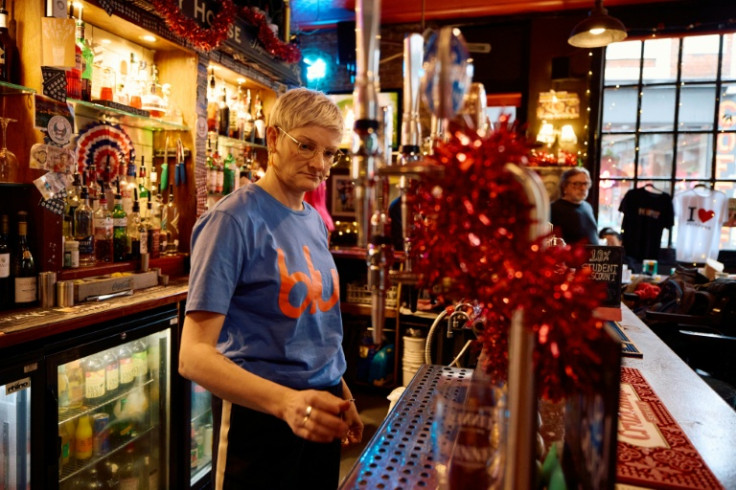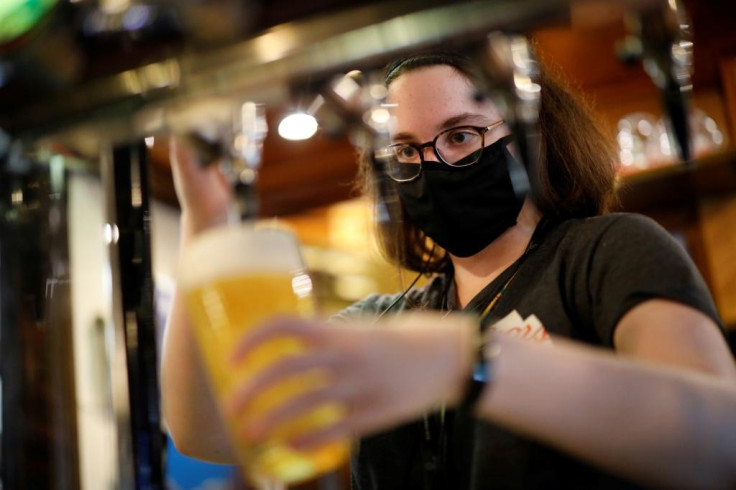UK Pub Closures Soar: More Than 1,100 Shut Since Autumn as Hospitality Faces Worst Crisis in Decades
Rising costs, tax hikes and higher wages are forcing pubs and restaurants to close at a rate of two a day, with industry leaders warning many more could shut before winter ends.

Holidaymakers may be filling beer gardens, booking seaside tables and ordering bottles of chilled wine this summer, but behind the cheerful clinking of glasses lies a sobering reality for Britain's pubs and restaurants.
Thousands of jobs have been lost and more than a thousand venues have closed since last autumn, leaving the hospitality industry in what many insiders call its most challenging period in decades.
Summer Crowds, Struggling Finances
In Norfolk, the Guardian described the lunchtime rush at the White Horse in Brancaster Staithe, where families tucked into fresh lobster and fish and chips with views across the coast. For the owners, the summer months have always been the financial lifeline that gets them through winter. This year, however, rising costs are eating away at those vital profits.
Owner James Nye explained that his business has been hit by a combination of food price inflation, soaring energy bills, and employment cost increases since April, when changes to employer National Insurance contributions took effect alongside a 6.7% rise in the minimum wage.
While the early part of the year brought sunshine and strong sales, wet weather exposed the fragility of the numbers. Even in peak season, the pub has had to hire fewer seasonal staff and run with leaner teams, leaving 5% fewer full-time employees than last year.
Closures Mount Across the Country
According to The Sun, more than 1,100 pubs and restaurants have closed since Chancellor Rachel Reeves introduced tax changes in her October budget, an average of two every single day. Independent businesses, long seen as the heartbeat of Britain's hospitality sector, have been hit the hardest.
Kate Nicholls, chief executive of UKHospitality, has warned that these smaller operators are being crushed under the weight of business rates, payroll taxes and the cost of meeting higher wage thresholds.
Her message to government is blunt: cut business rates, reform the way National Insurance thresholds are applied to employers, and reduce VAT on food and drink sales to encourage both investment and consumer spending. Without such measures, she argues, closures will accelerate and the sector's ability to create jobs will shrink further.
'Taxed to Death'
In an opinion piece for The Telegraph, one village pub landlord went as far as to say his trade was being 'taxed to death'. He argued that escalating fixed costs were pushing locals to drink at home rather than in the pub, eroding the community spirit that public houses have historically fostered. His frustration is echoed by many small operators who once relied on the summer surge to carry them through the leaner months but now see that safety net slipping away.

Jobs and Businesses on the Line
Figures from the Office for National Statistics show that hospitality has shed 84,000 jobs since last October's budget, making it the worst-affected sector in the economy. UKHospitality forecasts that, without intervention, that figure could rise to 200,000 by the end of March 2026.
This wave of redundancies and reduced hours comes on top of the long shadow cast by the pandemic, when lockdown closures, restricted trading and supply chain disruption weakened the financial resilience of many businesses.
The closures are not confined to small rural pubs or coastal inns. In recent weeks, Italian casual dining chain Gusto and Thai restaurant group Busaba both entered administration. While pre-pack deals saved some of their outlets, hundreds of jobs were still lost. For many, these collapses are a warning that even established brands with strong reputations are vulnerable to the pressures facing the sector.
Margins Shrinking Even in Peak Season
From the Norfolk coast to busy London high streets, the refrain from operators is the same: customers are still coming, but the money is not stacking up. High fixed costs mean that even on busy days, profit margins are slim to non-existent.
Operators tread a delicate line between passing on higher costs to diners and keeping prices attractive in the midst of a cost-of-living crisis. Push prices too far, and customers cut back; absorb too much, and the business bleeds cash.
The seasonal pattern that once sustained Britain's hospitality industry is faltering. In previous years, a strong summer could build enough of a financial cushion to see venues through until the following spring.
Now, one rainy fortnight or a dip in tourist numbers can wipe out the gains from weeks of full bookings. That leaves pubs and restaurants entering the winter months with thinner reserves, more debt and fewer options for recovery.
Last Orders?
Unless the government steps in to ease the tax burden and address structural cost pressures, industry leaders fear the 'full houses, empty tills' phenomenon will only grow. The risk is that many more much-loved locals, from historic city taverns to family-run coastal pubs, will call last orders for good.
© Copyright IBTimes 2025. All rights reserved.






















